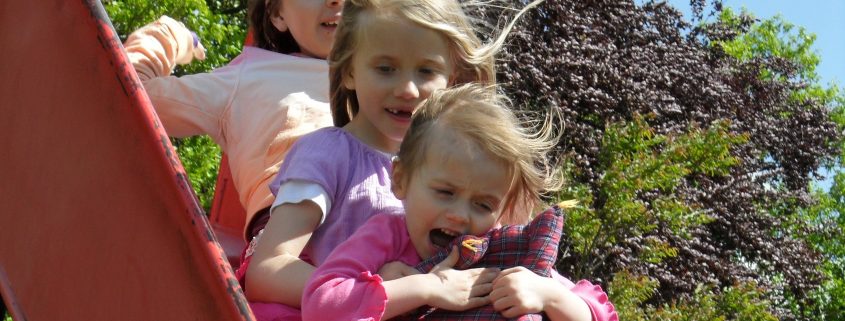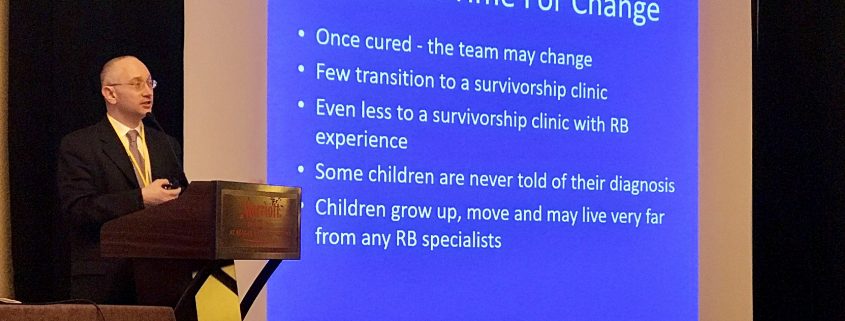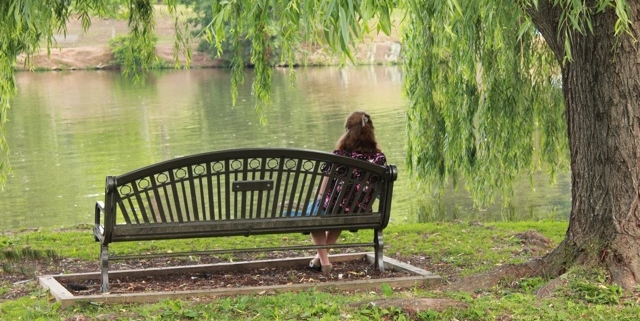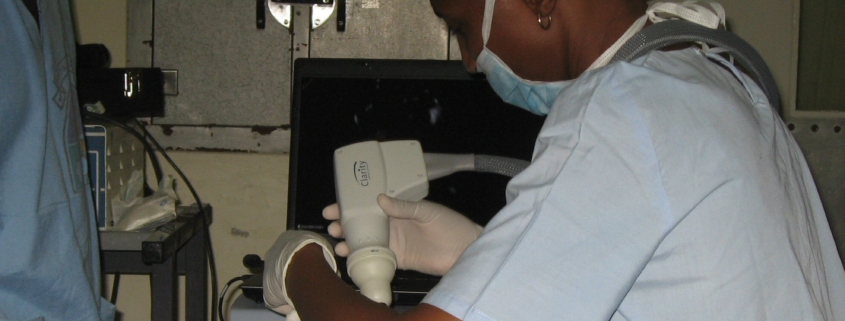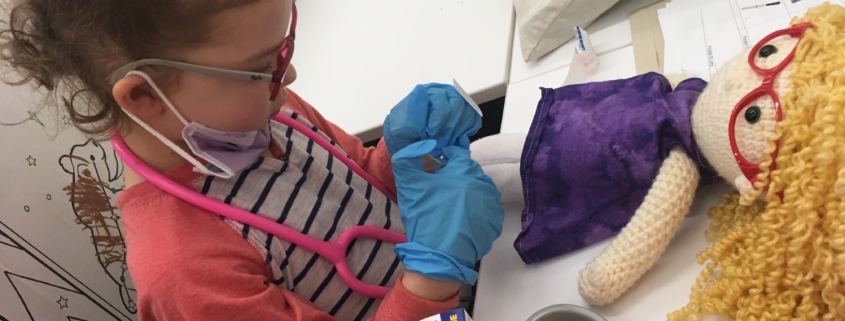Bridging the Gaps: How Community and Shared Responsibility Create the Best Retinoblastoma Care
Being the parent of a child with retinoblastoma, or living with the effects of this cancer every day, can be a frustrating experience. With an emphasis on our year-long theme of early diagnosis, we look at some of the challenges facing our retinoblastoma world, and for each, three ways we can work together to advance care for everyone.

